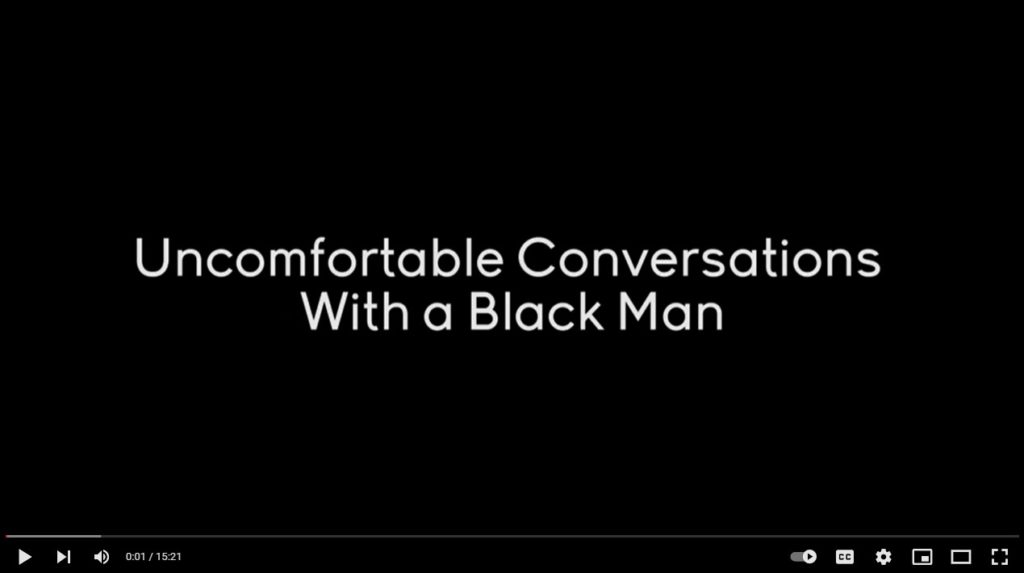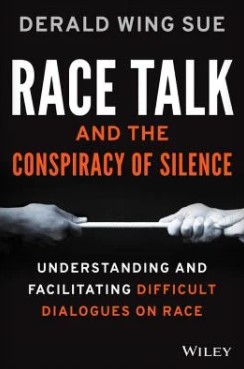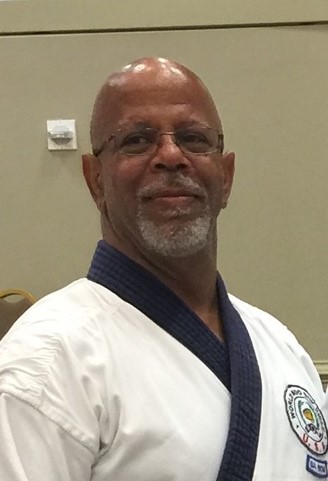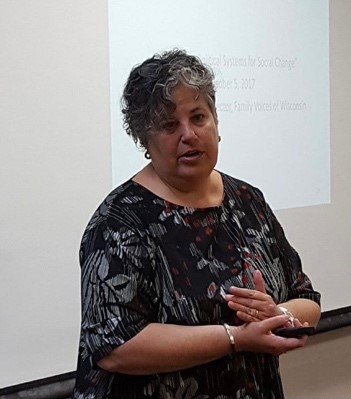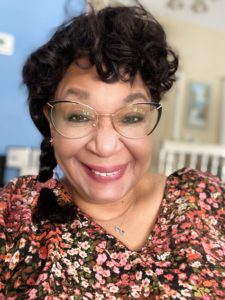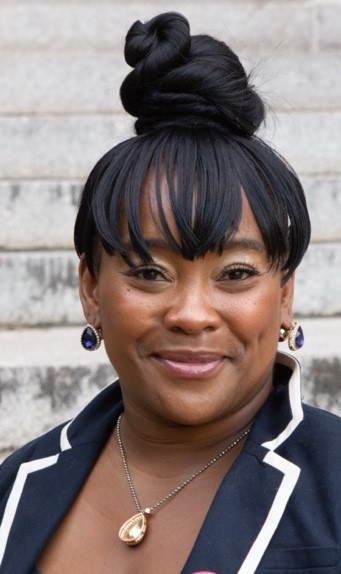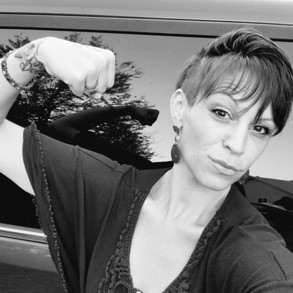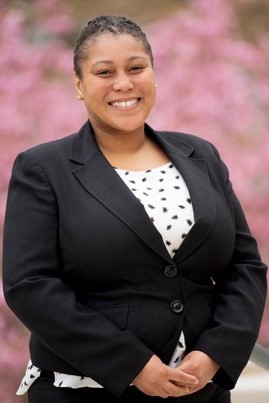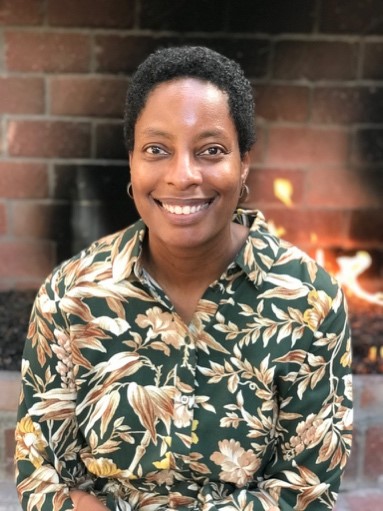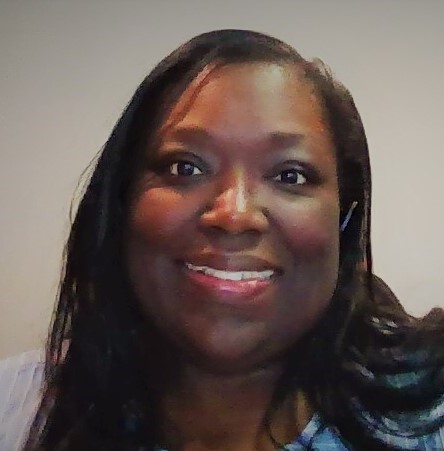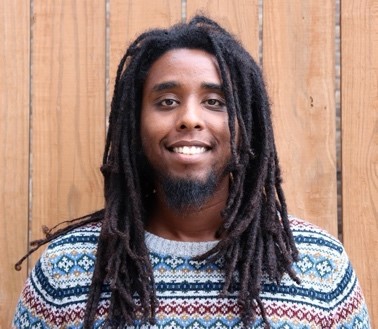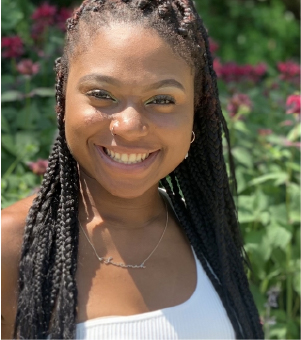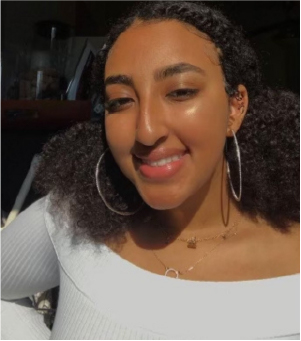Why is it important to learn about white privilege?
The University of San Francisco, White Resource Guide defines Privilege as: “Unearned access to social power based on membership in a dominant social group.”
Peggy McIntosh’s groundbreaking essay, “ White Privilege, Unpacking The Invisible Knapsack” helps people recognize white privilege by making it personal and tangible. In the book, she shares examples of privilege such as: turning on the tv and seeing yourself represented, walking into a store and finding shampoo and panty hose made for your skin tone to more serious issues like not walking through life being racially profiled or stereotyped. See more on Peggy McIntosh’s essay in “Explore More Resources.“
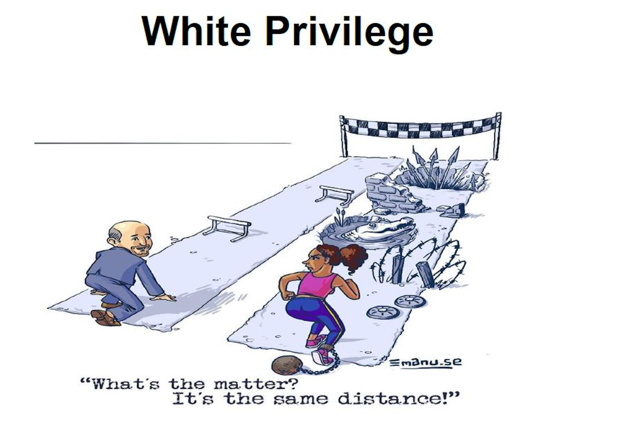
Systemic Racism, Implicit Bias and White Privilege
White Privilege is tied to the impact of systemic racism and implicit bias as noted by sociologists Matthew Clair and Jeffery S. Denis who define racism as, “individual and group level processes and structures that are implicated in the reproduction of racial inequality”. Systemic racism happens when these structures or processes are carried out by groups with power, such as governments, businesses or schools. Racism differs from bias, which is a conscious or unconscious prejudice against an individual or group based on their identity. Learning for Justice makes the connections to how both racism and bias rely on racialization and how, “The trauma, displacement, cruel treatment and discrimination of people of color, inevitably, gave birth to white privilege.”
Data to Back it Up
The United Methodist Church, in a 2016 Resolution Paper, further examined the data that creates White Privilege. “While people of color make up about 30 percent of the United States’ population, they account for 60 percent of those imprisoned. The prison population grew by 700 percent from 1970 to 2005, a rate that is outpacing crime and population rates. The incarceration rates disproportionately impact men of color: 1 in every 15 African American men and 1 in every 36 Hispanic men are incarcerated in comparison to 1 in every 106 white men.
According to the Bureau of Justice Statistics, 1 in 3 Black men can expect to go to prison in their lifetime. Individuals of color have a disproportionate number of encounters with law enforcement, indicating that racial profiling continues to be a problem. A report by the US Department of Justice found that Black and Hispanic people were approximately three times more likely to be searched during a traffic stop than white motorists. African Americans were twice as likely to be arrested and almost four times as likely to experience the use of force during encounters with the police (American Prospect, March 17, 2012, T*he 10 Most Disturbing Facts About Racial Inequality in the U.S. Criminal Justice System*)”
Visit “Explore More Resources” and check out ”Race Talk “ by Derald Wing Sue:
Description from Bookshop.org:
Turn Uncomfortable Conversations into Meaningful Dialogue
If you believe that talking about race is impolite, or that “colorblindness” is the preferred approach, you must read this book. Race Talk and the Conspiracy of Silence debunks the most pervasive myths using evidence, easy-to-understand examples, and practical tools.
This significant work answers all your questions about discussing race by covering:
- Characteristics of typical, unproductive conversations on race
- Tacit and explicit social rules related to talking about racial issues
- Race-specific difficulties and misconceptions regarding race talk
- Concrete advice for educators and parents on approaching race in a new way
Race Talk and the Conspiracy of Silence: Understanding and Facilitating Difficult Dialogues on Race
By Derald Wing Sue


